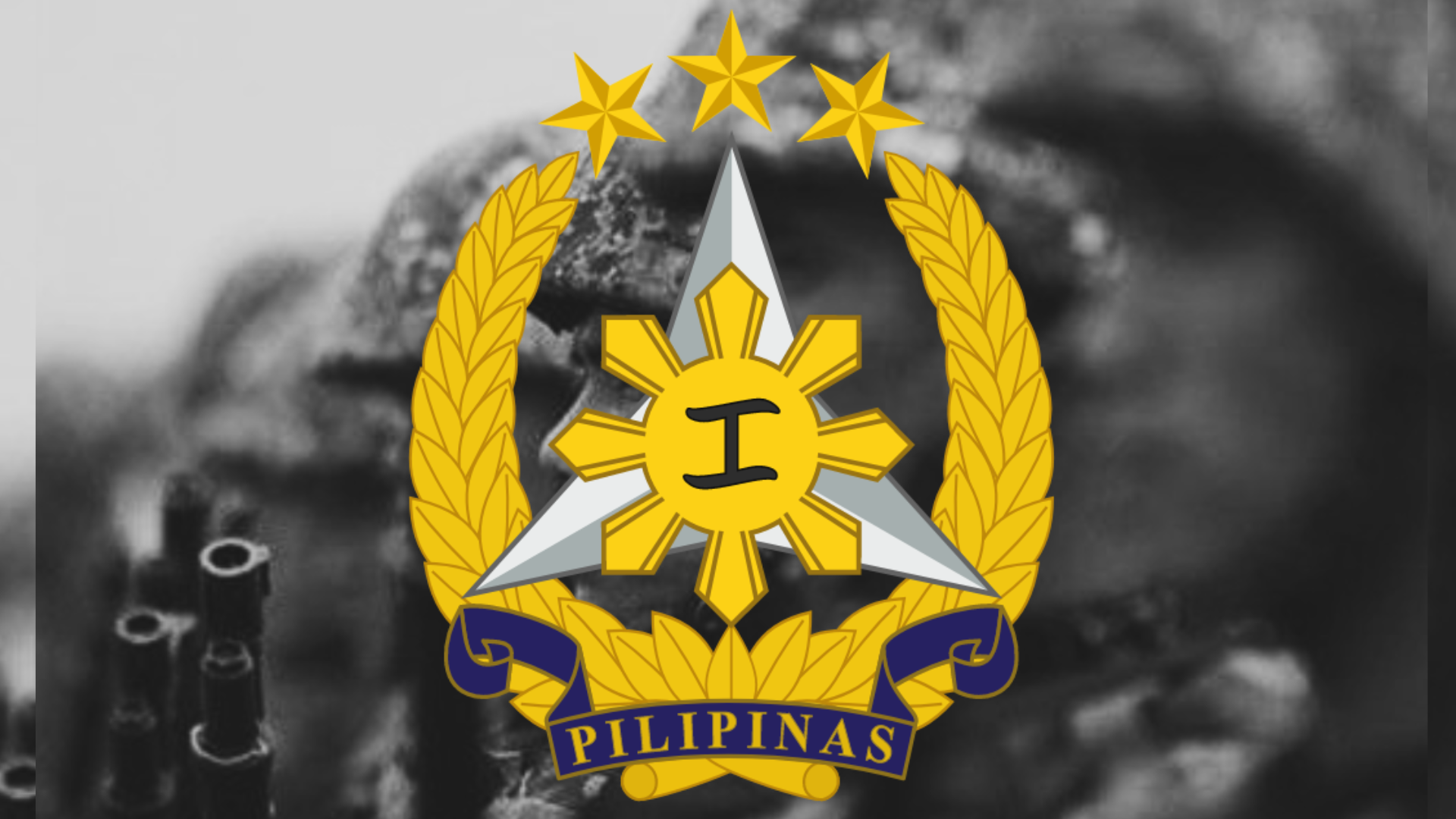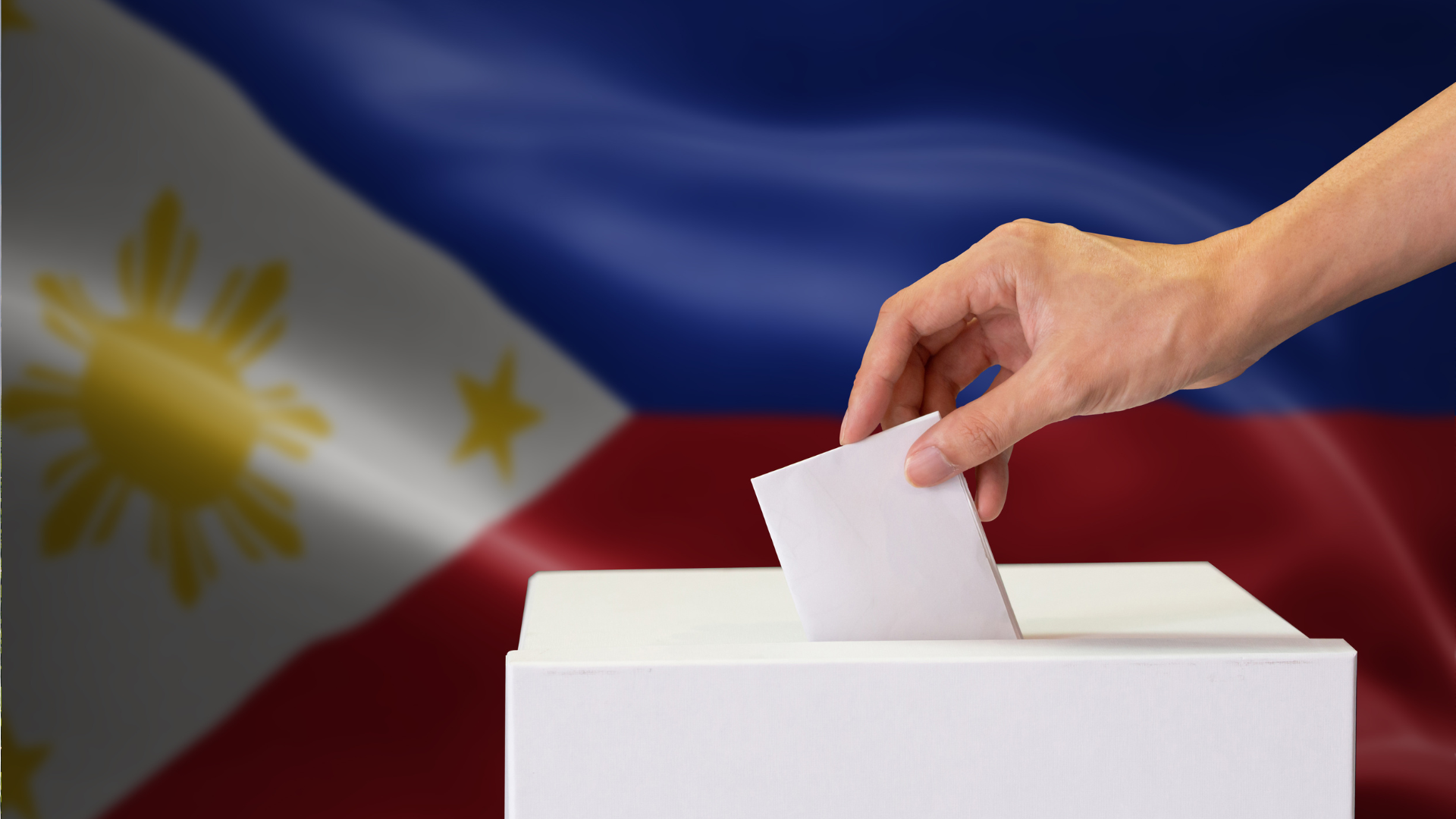In a democratic society, the media serve not just as a source of information but as a vital watchdog, holding power to account and amplifying the voices of the people. Yet, recent events in the Philippines highlight a troubling trend: an uptick in harassment and violence against journalists, particularly during the 2025 midterm elections.
The Presidential Task Force on Media Security (PTFOMS) has expressed deep concern over the increasing threats targeting media personnel. Undersecretary Jose Torres Jr., the executive director of PTFOMS, has reaffirmed the agency’s commitment to safeguarding journalists, declaring that, “We do not tolerate attacks on media professionals who are performing their duties as responsible citizens during the elections.”
Among the disturbing incidents reported are the attack on the vehicle of the former president of the Cagayan de Oro Press Club in Camiguin, threats made with a slingshot against a TV and radio news crew in Nueva Ecija, and the intimidation of radio reporter Rambo Labay in Quezon City while covering vote-buying allegations. These events, currently under investigation, paint a dangerous picture of media workers’ challenges in fulfilling their mission.
A Systemic Problem Requires Systemic Solutions
While government agencies like the PTFOMS and the Philippine National Police have launched investigations and pledged action, solving violence against the media requires more than reactionary responses. It demands systemic and long-term solutions across multiple fronts:
1. Strengthening Legal Protection for Journalists
Philippine laws must provide stronger, clearer safeguards specifically for media professionals. Fast-tracking the enactment of the proposed Journalists’ Protection Act — which defines threats against journalists as crimes against press freedom — could serve as a deterrent. Furthermore, cases of violence and harassment must be prosecuted swiftly to send a strong signal that impunity will not be tolerated.
2. Empowering Local Press Clubs and Media Unions
As frontline defenders of their members, local press clubs should be equipped with legal support systems, rapid response protocols, and partnerships with law enforcement. Media unions can also serve as advocates for journalist welfare and collective safety, ensuring that reporters — especially freelancers and provincial correspondents — are not left isolated in times of threat.
3. Enhancing Coordination with Security Forces
The creation and strengthening of specialized units like the PNP’s Media Security Vanguards is a promising step. What’s crucial now is building public trust in these units through transparency, effectiveness, and collaboration with civil society. Regular training for police officers on press freedom, human rights, and non-violent crowd management should be mandatory, especially during election season.
4. Promoting a Culture of Respect for the Press
Public officials, community leaders, and even candidates must recognize the press not as adversaries, but as integral to democracy. Programs that promote media literacy and responsible journalism should be implemented in communities, encouraging mutual respect and reducing hostility rooted in misinformation or political partisanship.
5. Establishing a Journalist Safety Fund
A national safety fund for journalists — administered by a coalition of government, media organizations, and civil society — could provide emergency support for those threatened or harmed in the line of duty. This fund could cover legal aid, relocation, trauma counseling, and protective equipment.
A Collective Responsibility
The National Press Club of the Philippines has rightly called for unity among media workers, stating: “There should be no room for oppression, harassment, and violence in the Fourth Estate.” Journalists must also prioritize their safety by reporting incidents promptly, using press IDs, working in pairs when covering high-risk assignments, and undergoing safety training.
Ultimately, preserving press freedom is not the responsibility of journalists alone — it is a collective duty. The government must enforce laws without fear or favor. The public must condemn violence and defend the right to know. And the media, as ever, must continue to speak truth to power.
Because when the press is silenced, democracy is weakened. But when the press is protected, democracy thrives.






Leave a Reply